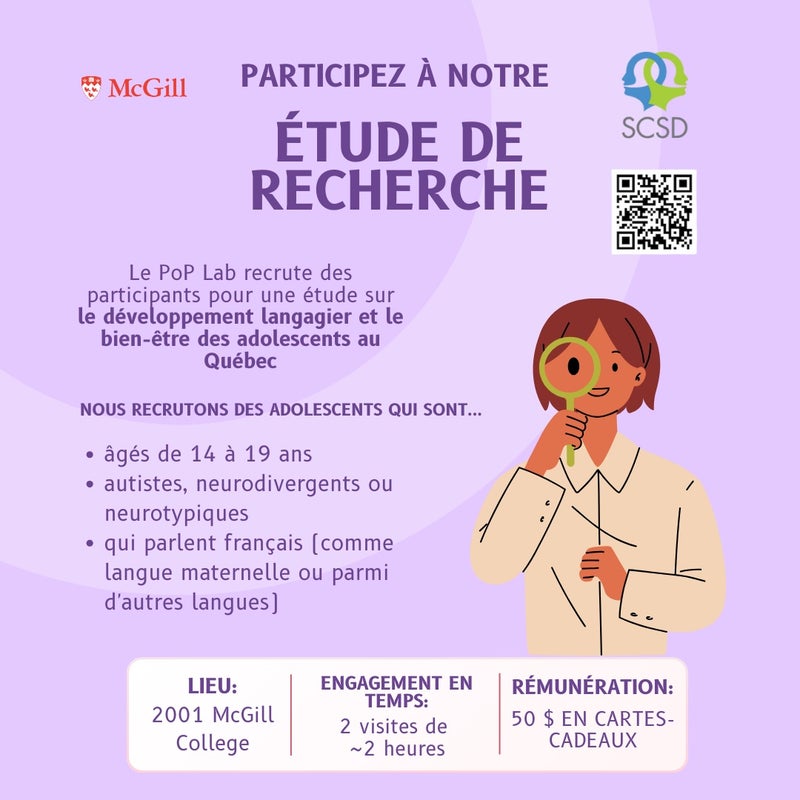Making accessible transportation a priority through MUVE

by Jordan Stoopler
Anthony William Shannon was in search of his next big idea when he visited Toronto in 2017.
He was after a venture with “a net positive impact,” part of a move for business practices to put more into society, the environment and the global economy than it takes out. He was looking for something that would help the community at large.
He found it in the back of a ride-sharing car.
“It was this amazing and spacious accessible vehicle,” recalled Shannon. “The driver explained to me the importance of accessibility in Toronto and in Canada. He mentioned how they had so many accessible vehicles driving around, but they were in need of an app to allow for an easier and more seamless booking process.”
Shannon was just the man for the project. The 28-year-old serial technology entrepreneur from Montreal had spent the better part of his young life building apps and websites for small startups and large Fortune 500 corporations. He had also witnessed firsthand the struggles those with a disability face on a daily basis through his uncle Bill, who battled ALS.
Shannon, in partnership with a team of expert technologists, designers and builders, created MUVE (My Universal Vision for Everyone). The app enables users to book “on demand door-to-door and arm-to-arm accessible transportation.” Users build a profile upon downloading the app, where they can specify their accessibility needs. Drivers are trained and ready to assist all users, no matter their abilities.
“My partners taught me the principle of Universal Design early on,” said Shannon.
“It is about developing a service that can be easily accessed, understood and leveraged to the greatest extent by people of all backgrounds, ethnicities or abilities. We really wanted to take a holistic approach to the problem of mobility and community.”
The app offers a human-centred approach, through voice integration and the ability of a third-party to book transportation on someone else’s behalf. In addition, the app allows users to crowdsource information about accessible locations and businesses around town. A community events section is also built into the app.
While the app is still in its pilot stage, it has already serviced a large segment of the population, first in Michigan, and most recently on Montreal’s West Island through a partnership with the STM last fall.
“It was a very successful project,” said Shannon. “We reduced the wait time for transportation from 45 minutes down to 10 to 15 minutes for on-demand trips. By the end of the project, more than half of the community was using the app as the primary booking tool.”
Over 100,000 trips have already been taken through MUVE. Shannon estimates those numbers will continue to climb through new partnerships with other cities and a more widespread release of the application.
“We like to turn problems into opportunities,” said Shannon. “We wondered how we can utilize technology to build a solution towards accessibility. Anything you can imagine, you can develop a solution for.”
The GO MUVE application is available free for download on iOS and Android. For more information, visit gomuve.com.









